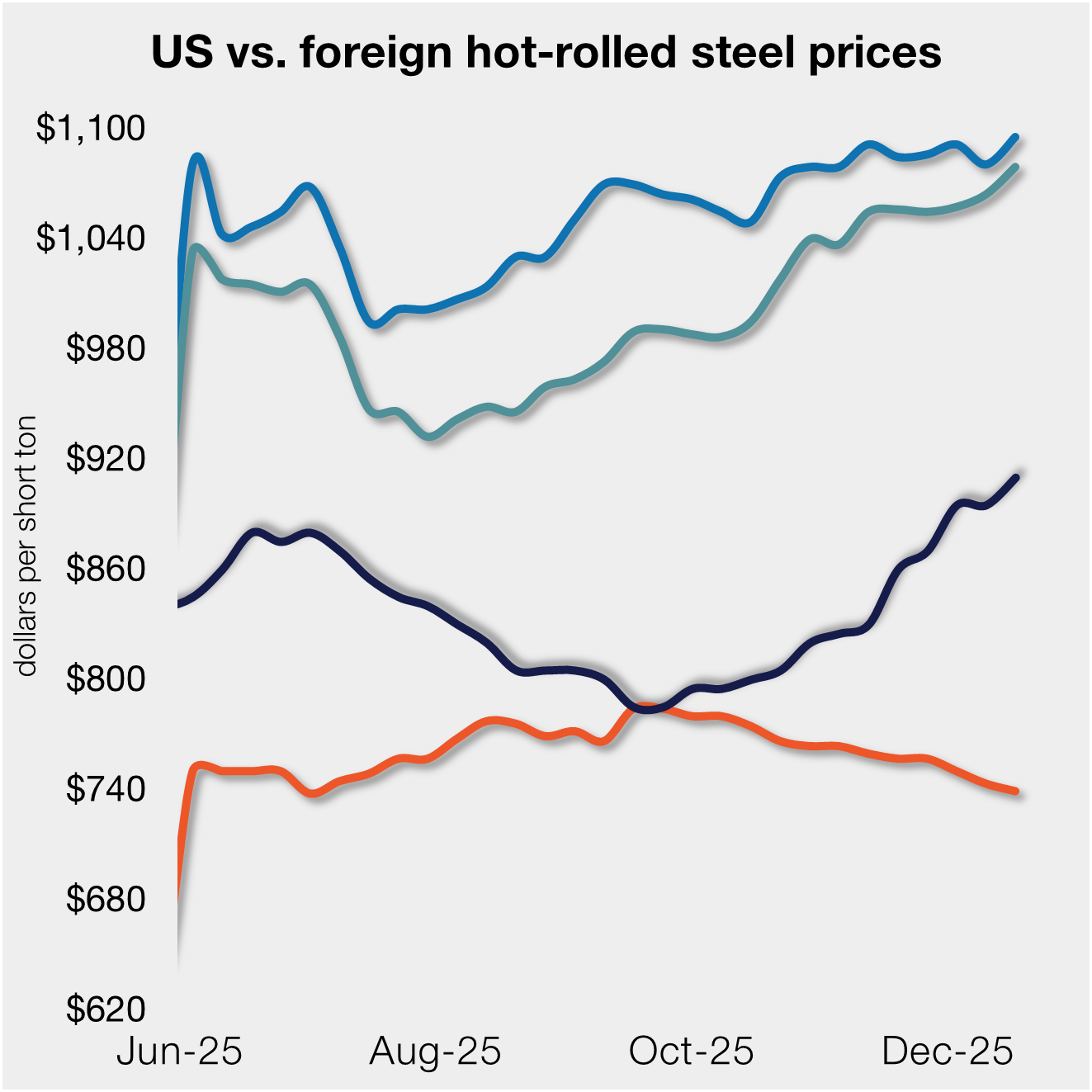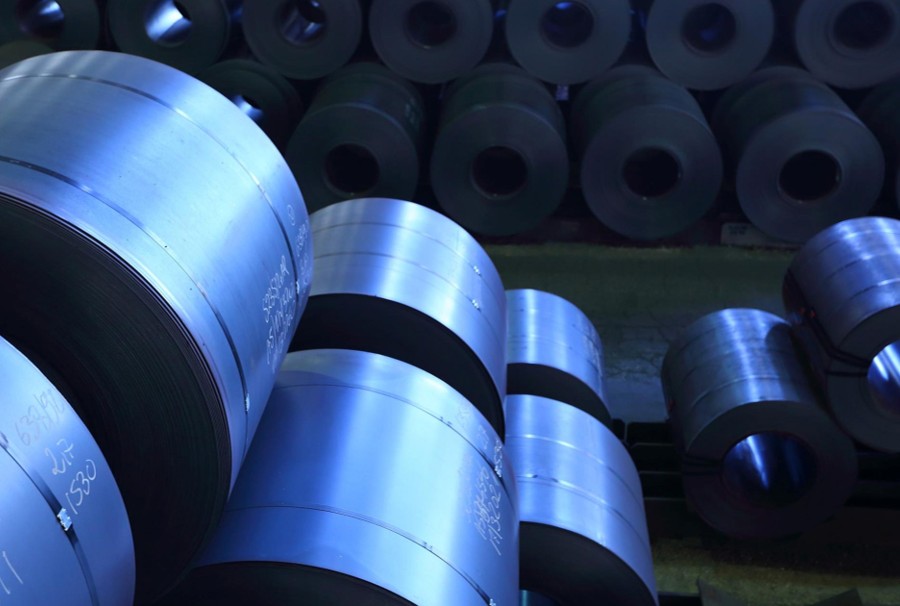Market Data

February 1, 2019
U.S. Chamber of Commerce on the Shutdown and Tariffs
Written by Tim Triplett
Pointing to the temporary reprieve from the longest government shutdown in American history, the U.S. Chamber of Commerce calls on Congress and the administration to work together to keep the government open. “Our nation simply cannot afford another shutdown. Our message to Washington’s leaders is simple: do your jobs so Americans can do theirs,” wrote Chamber President Thomas J. Donohue in a recent commentary.
Thirty-five days. Eight-hundred thousand furloughed workers. More than five billion dollars in damage to the U.S. economy. This was the government shutdown by the numbers—and the numbers don’t even begin to tell the human story, Donohue said, describing the near-bankruptcy experienced by one tourist island hotel owner who was cut off from his customers when the National Park Service suspended ferry transport.
He applauded small business owners for persevering during the shutdown. “While many companies were hurting, they were also helping. Businesses large and small offered free or discounted meals, providing services at no cost, waiving fees, and giving other forms of financial assistance to help all those who had been impacted, including government workers who missed paychecks.”
The Chamber continues to oppose the Trump administration’s Section 232 tariffs on steel and aluminum products and the Section 301 tariffs on Chinese imports. As the small-business trade group said in an earlier statement, “The U.S. economy runs on pro-growth policies, but that’s not what tariffs on $200 billion worth of Chinese goods deliver. The administration has serious issues to resolve with China on market access, unfair subsidies, technology theft and cybersecurity. But there are less harmful ways to truly achieve free and fair trade with China. [Clearly], the administration did not heed the numerous warnings from American consumers and businesses about rising costs and lost jobs on Main Street, in factories, and on farms and ranches across the country. Both countries should stay at the negotiating table, and the U.S. should continue working with its allies to seek alternative solutions.”







